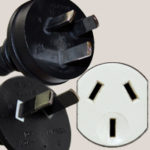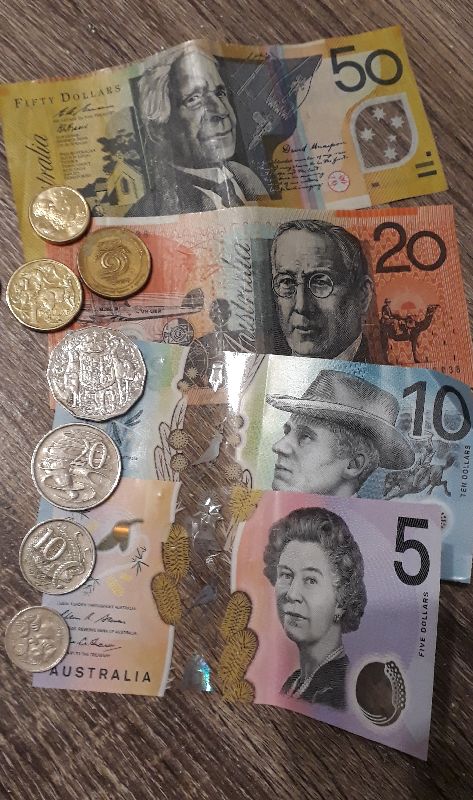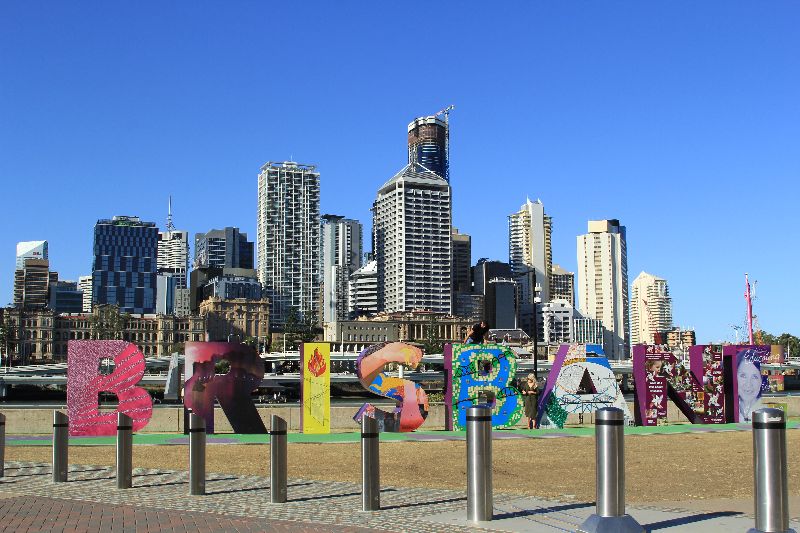Know before you go
Australia
General Information
Australia is comprised by the mainland of the Australian continent, the island of Tasmania and numerous smaller islands. It doesn’t share any land borders with any other country. While it is the world’s sixth-largest country by total area, it is also one of the least denseley populated countries on earth. Its capital is Canberra, while its largest city is Sydney. They drive on the left side of the road.
Visa
Holders of a EU passport can use the eVisitor. The eVisitor is granted automatically and free of charge, however you have to create an account and enter data in their online form. For holders of a different passport check out this link to see if you are required to apply for a visa or not or contact your ministery of foreign affairs.
Watch Geography Now!
The video will give you a good first overview of Australia.

Power
Australia uses Type I plug outlets. The voltage is 230 Volt and the frequency is 50 Hz.
Language
No surprise, the official language of Australia is English.
Weather Forecast
Climate
Due to its size there are many different climate zones found in Australia. Much of the northern part of the country has a tropical, predominantly summer-rainfall (monsoon). The south-west corner of the country has a Mediterranean climate. The south-east ranges from oceanic (Tasmania and coastal Victoria) to humid subtropical (upper half of New South Wales), with the highlands featuring alpine and subpolar oceanic climates. The interior is arid to semi-arid. Bear in mind that Australia is located on the southern hemisphere and summer is from December to March while from June to September it is winter.
Average Temperature in Sydney
Average Precipitation in Sydney
Transportation
How to get there?
Australian airports are well connected internationally, the busiest being Sydney (SYD), Melbourne (MEL), Brisbane (BNE) and Perth (PER). However, due to the distance it will probably take you at least one day and a transfer or two to get there. Make sure you do your research where you want to go and fly to the airport that’s closest to your destination. Driving from one city to another can take several hours. If you want to visit more than one place, consider flying in and out of Australia using two different airports. Follow this link to find a list of all airports in Australia.
How to get from town to town?
For short distances, it is best to have a car and drive yourself. For long distances, it’s best to fly. Don’t underestimate the size of the country. A flight from Cairns to Sydney will take you 2:55h, a flight from Sydney to Perth is 3:55h. Driving the same distances will take you 26h or 41h respectively.
Australia also has many railway operators. If connections are available, the train is also a good option.
Money, Money, Money
Currency
The currency of Australia is the Australian Dollar. Check out the currency converter to find out about current exchange rates.

Accommodation
Depending on where you are staying prices will vary of course. Using Airbnb, we paid an average of around 33€ per person per night.
Cash
Credit Cards are accepted pretty much everywhere. If you want to withdraw cash to have a better overview of your spending, expect to need around 50€ per day for food, transportation, activities and souvenirs. Eating out is especially pricey in Australia. So, staying in an apartment and preparing your own food most of the time really pays off.


